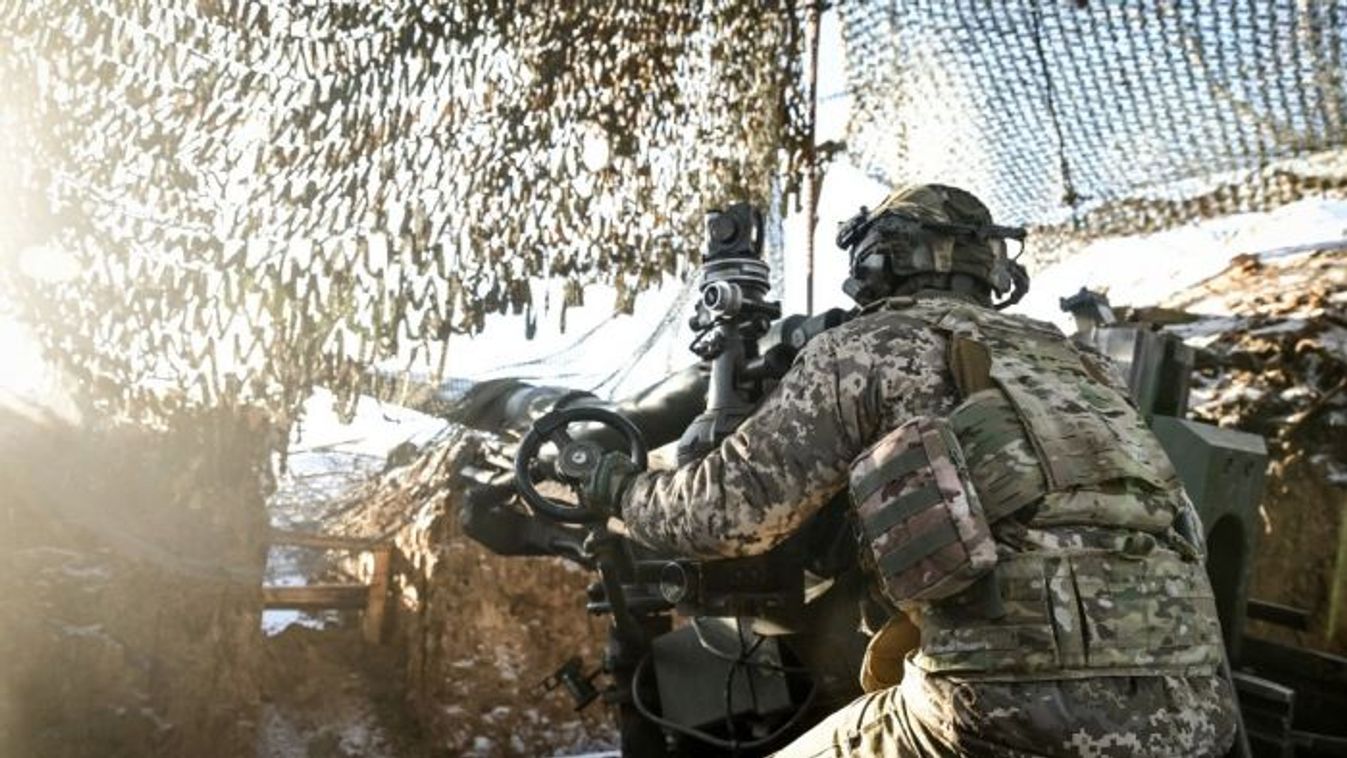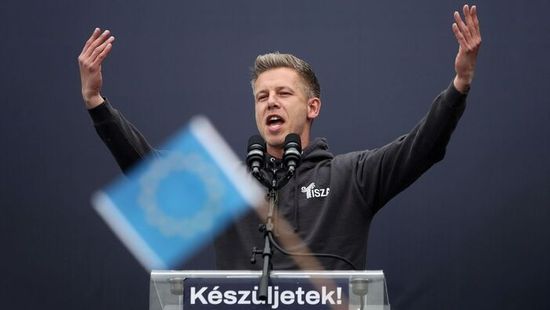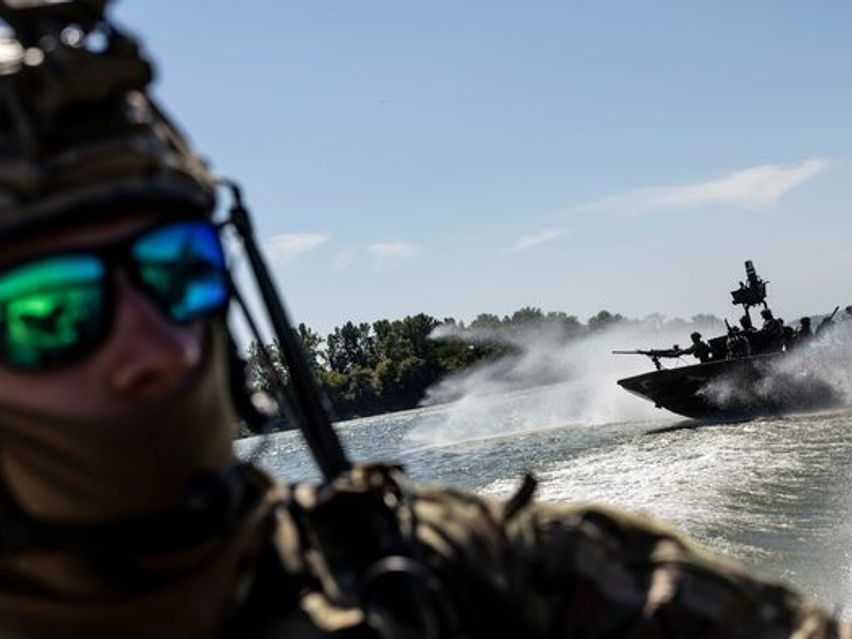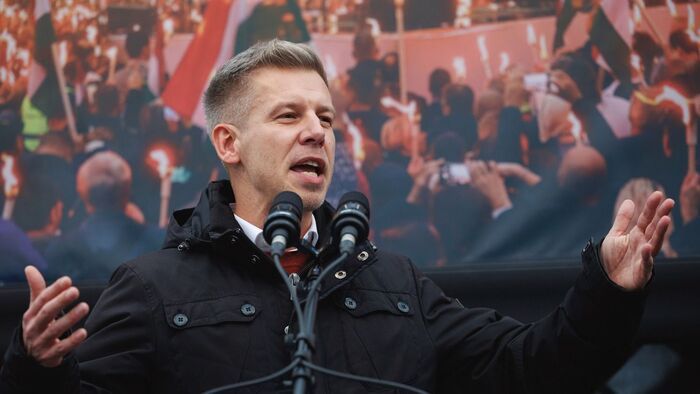A few days ago, my colleague Dr. Balint Somkuti published an article titled Warfare, the Russian Way. In response to this study, “standing on the shoulders of giants,” I will attempt to take a broader view and examine Russia's attritional warfare through the lens of quantitative analysis.
For centuries, Russia’s wars have been shaped by a distinct strategic culture, influenced by geography, history, and political necessity. Unlike Western doctrines, which focus on precision, flexibility, and quick decision-making, the Russian model of warfare emphasizes attrition, mass mobilization, and endurance. This strategy has produced mixed results over the centuries: while Russia has been able to wear down its opponents in prolonged wars, it has faced significant difficulties in conflicts where speed, adaptability, and logistical efficiency were dominant.
Warfare, the Russian Way: Key Characteristics
Mielőtt fejest ugrunk az orosz felőrlő háborúba, érdemes néhány szót szólni az attríció helyéről a többi háború kulcsjellemző koordináta-rendszerében.
Before diving into Russia's attritional warfare, it’s worth discussing the role of attrition within the broader context of key characteristics of other wars.
Russia's worldview of warfare consists of several key elements, with strategic depth, attrition, and flexibility at its core. Historically, Russia's military successes have often relied on the vast expanse of the country and its ability to sustain significant human and material sacrifices in pursuit of victory. The Soviet doctrine of “deep operations” (glubokaya operatsiya) reflects this: they employed layered assaults that gradually wore down the enemy, instead of relying on quick, decisive maneuvers.
This mindset of attritional strategy, with deep roots in Tsarist and Soviet military thought, remains evident in Russia's military operations today.
Strategic deception (maskirovka) is also crucial, encompassing disinformation, psychological warfare, and feigned maneuvers to mislead the enemy. The Russian military still heavily relies on artillery-centered warfare, prioritizing massive artillery concentration over mobility. This echoes the Tsarist/Soviet legacy, made famous in battles such as Borodino and Berlin.























Szóljon hozzá!
Jelenleg csak a hozzászólások egy kis részét látja. Hozzászóláshoz és a további kommentek megtekintéséhez lépjen be, vagy regisztráljon!